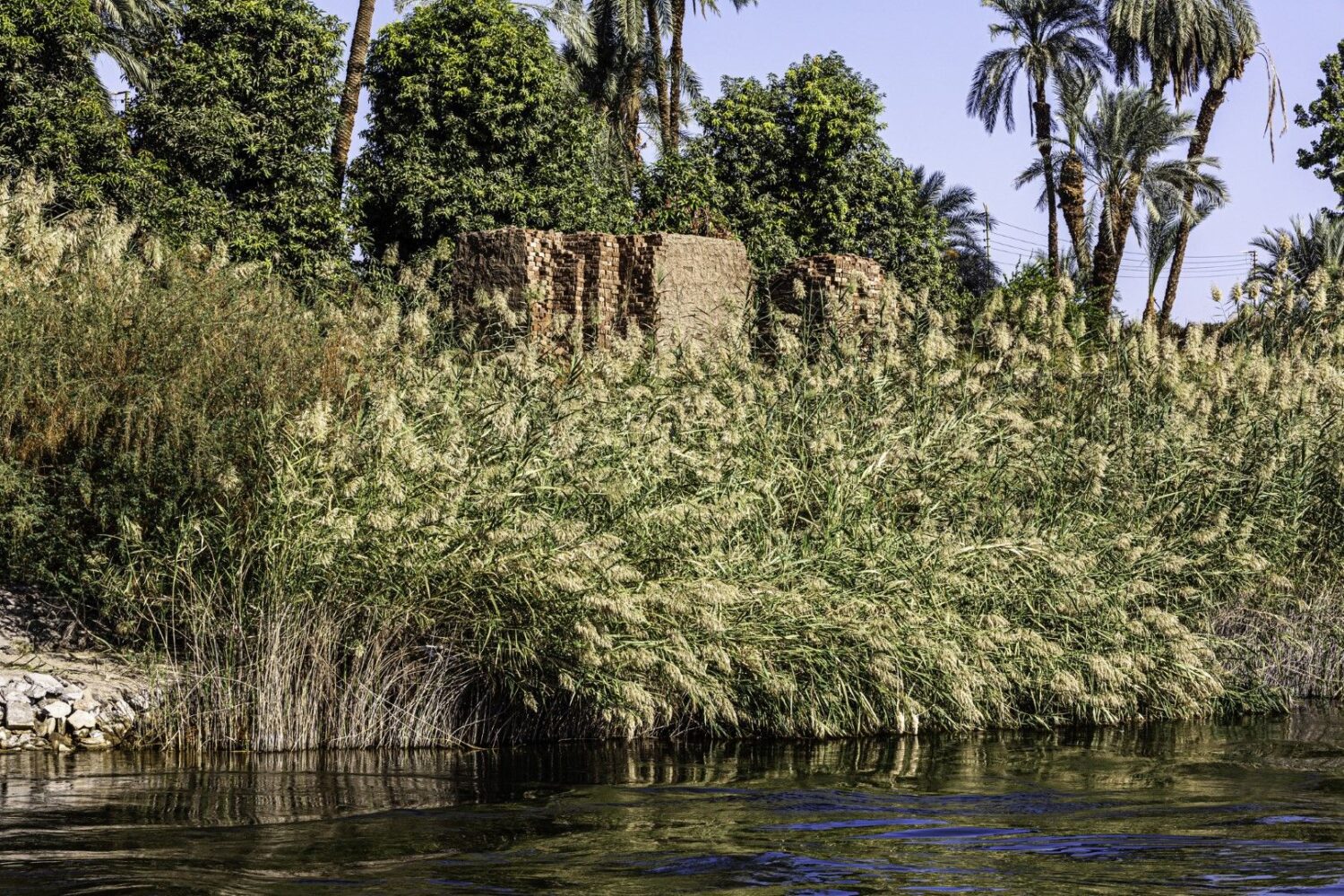In addition to painting on papyrus, it is also used to make notebooks, sheets for printing and even recycled for paper.
Amidst a rice-dominated landscape in the Nile Delta, Al Karamus farmers have been relying on the Egyptian papyrus for decades (paper reed or Nile grass is a type of aquatic flowering plant that is the basis of papyrus paper, now grown mainly as an ornamental plant – note rep.). At the moment, they are struggling to save their livelihood, threatened by the reduced number of tourists, informs AFP.
In the 1970s, farmers in this village, 80 kilometers northeast of the capital Cairo, restored millennial agricultural and craft techniques that had almost disappeared.
Since then, most of the production of Egyptian papyrus comes from this area in the governorate (governorate) of Ash Sharqiyah, according to industry professionals.
And if in ancient Egypt papyrus was used as a basis for writing, today the drawings on the precious leaves of the plant are preferred souvenirs by foreign tourists.
Artists in Al Karamus and Cairo have a wide range of themes for their works: hieroglyphs, pharaohs, gods and goddesses of antiquity, Arabic calligraphy or landscapes.
However, after the uprising of 2011 and the ensuing political instability, tourists withdrew from Egypt.
When they gradually began to return in 2020, the Kovid-19 pandemic swept the country and the world and struck again at this key sector.
Last year, tourism revenues were only $ 4 billion, up from an expected $ 16 billion.
In Al Karamus, only 25 farms are trying to make a living from papyrus, up from 500 before 2011, said Syed Tarakan, 60, a farmer and artist who founded a branch association in the village in 2014.
Abdel Mobdi Musalam owns a studio where papyrus is turned into paper sheets.
“Papyrus is our only source of income. I don’t know anyone else. This is my life,” said Musalam, 48, who has made about 80 percent of the losses.
Before 2011, eight people worked for him, now there are only two.
In Güzeh, not far from the famous pyramids, 48-year-old Ashraf el Sarawi, owner of a large papyrus painting shop that no longer has tourists, reaffirmed the concern in the sector but lost hope.
“Tourism never dies, it may be sick for a while, but it will recover,” he said, adding that his store, which closed for several months due to the pandemic, had lost much of its revenue last year.
At the same time, to deal with the crisis, Sayed Tarkan has diversified his goods. He now produces papyrus notebooks, printing sheets and even recycled papyrus paper.












